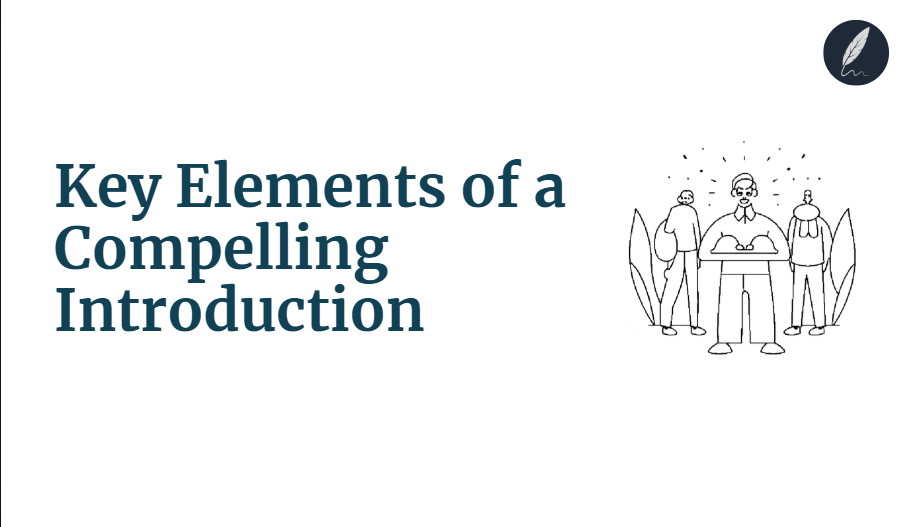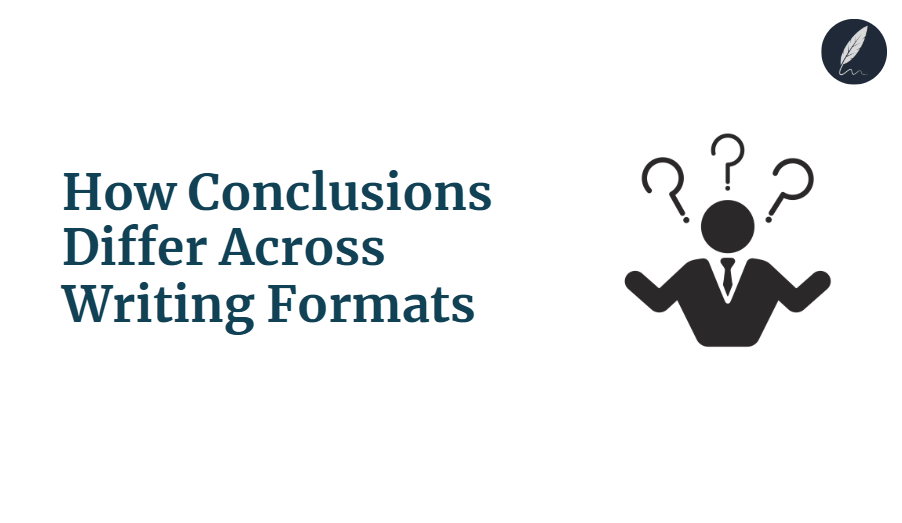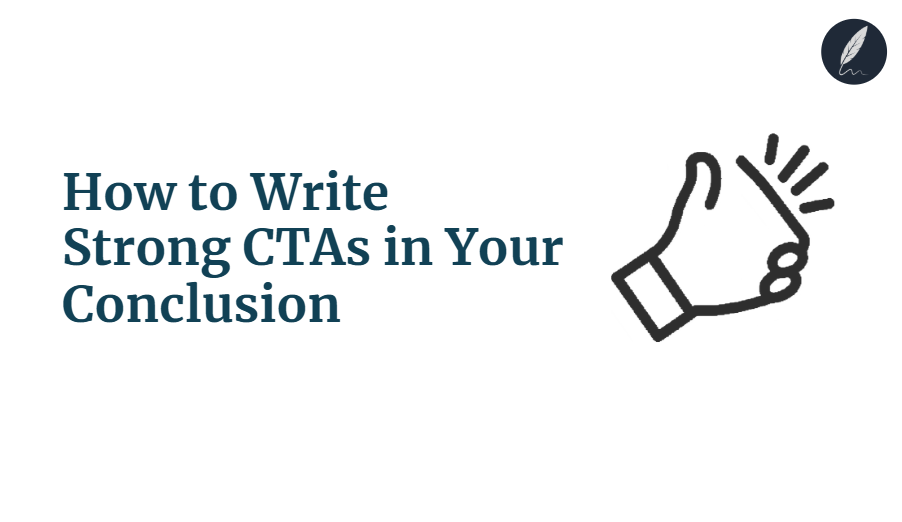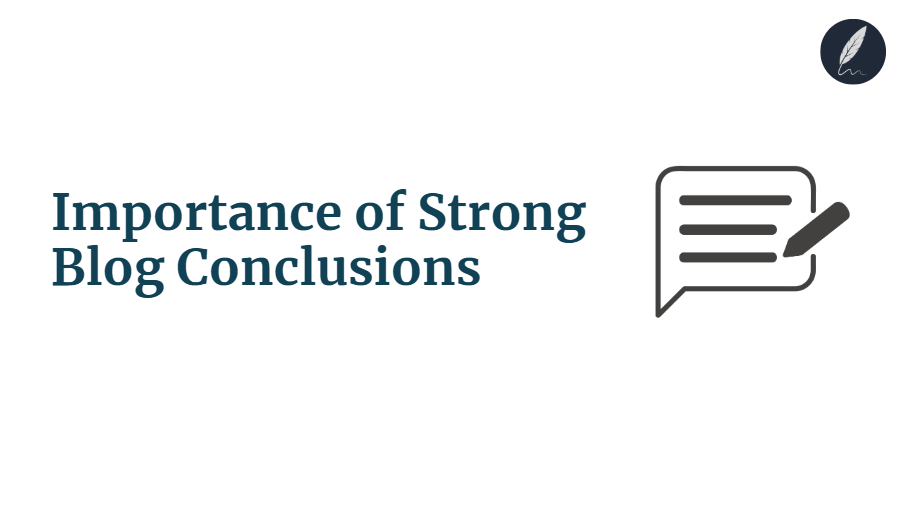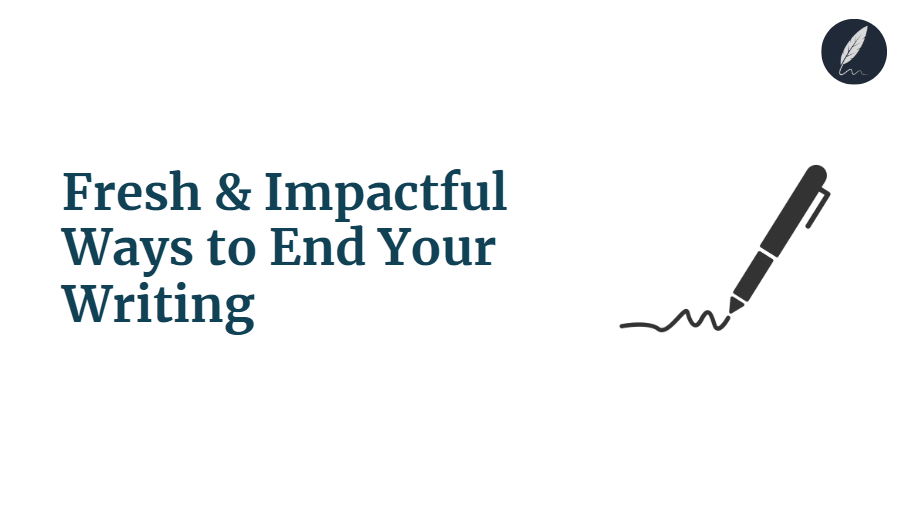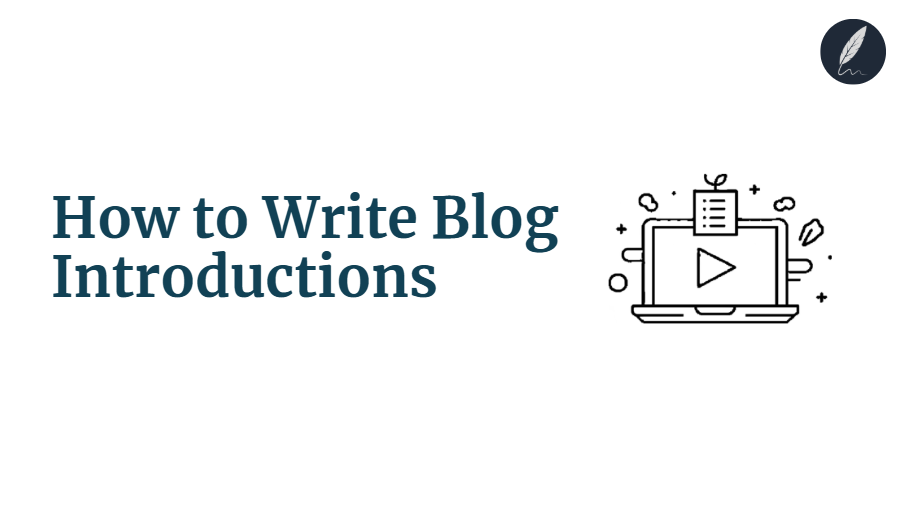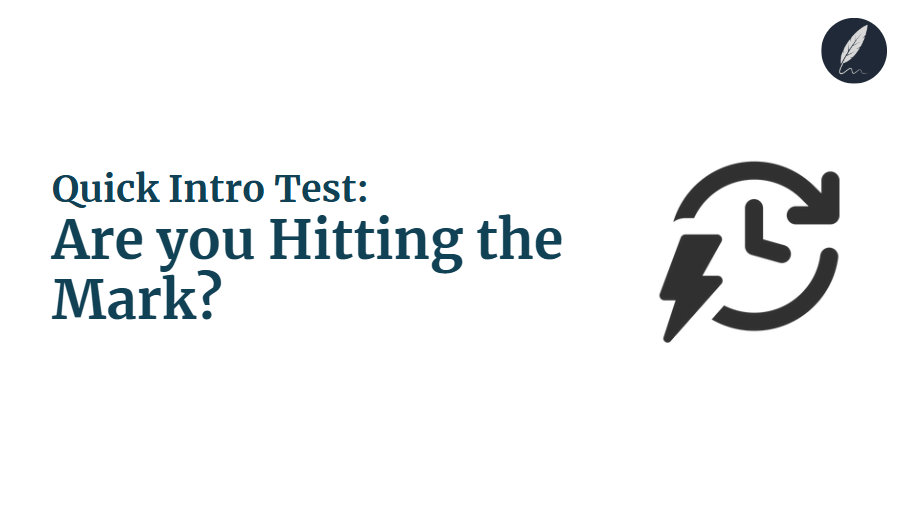Imagine shaking someone’s hand. That first impression sets the tone for everything that follows.
In writing, your introduction works the same way, it’s your handshake with the reader, and it needs to be powerful. It’s the critical make or break moment, deciding if your audience dives into your content or clicks away.
A weak opening often means lost attention, even if your ideas are brilliant. That’s why many writers struggle with how to write an introduction that genuinely pulls people in.
This guide will show you the exact blueprint. You’ll learn the five indispensable elements of a good introduction paragraph that captivate from the start.
You’ll discover proven introduction writing techniques to create opening sentences that grab attention, set essential context, and build a solid introduction paragraph structure.
Key Takeaways
- Grab Attention: Your introduction is the first impression, use opening sentences that grab attention like questions or statistics.
- Set the Scene: Provide essential context and background information to prepare readers for your topic.
- State Your Main Point: Clearly present your thesis statement, the core idea of your article.
- Show Why it Matters: Explain your topic’s relevance, answering “why should I care?” for the reader.
- Seamless Flow: Ensure a smooth transition from your introduction to the main body paragraphs.
Element 1: The Attention-Grabbing Hook
The opening of any written piece is your handshake, your first impression, and often, your only chance to prove to your reader that what you have to say is worth their precious time.
This critical initial component is known as the “hook”, and mastering it is paramount for how to hook readers with introduction. It’s the very first sentence or two designed to instantly pique curiosity, establish immediate relevance, and compel your audience to delve deeper.
A powerful hook acts as a psychological magnet, drawing them in and promising value, insight, or entertainment. Without it, even the most brilliant content might remain unread.
Mastering Diverse Hook Types (with opening sentences that grab attention examples):
1. Intriguing Question:
A well-placed question invites immediate thought and engagement, transforming a passive reader into an active participant. It taps into their existing concerns or curiosities, making them eager to find the answer your article promises.
- Actionable Insight: Pose a thought-provoking question directly related to your topic that resonates with the reader’s concerns or curiosity.
- Example 1 (Blog Post): “What if the secret to lifelong productivity wasn’t about doing more, but about doing less?”
- Example 2 (Academic Paper): “Can artificial intelligence truly comprehend human emotion, or are its current capabilities merely sophisticated mimicry?“
2. Startling Statistic or Fact:
Nothing cuts through the noise quite like a surprising, credible data point.
A compelling statistic immediately conveys significance and impact, grounding your topic in undeniable reality and demanding attention.
- Actionable Insight: Use a surprising, relevant data point to immediately convey significance and impact. Ensure the source is reputable.
- Example (Marketing Copy): “Did you know that 70% of online purchases are abandoned before checkout? You might be losing customers right now.” (Source: Baymard Institute)
3. Compelling Anecdote or Story:
Humans are wired for narrative.
Beginning with a short, relevant story or personal anecdote humanizes your topic, creating an emotional connection and drawing the reader into a vivid scenario.
- Actionable Insight: Begin with a short, relevant narrative that humanizes the topic and creates an emotional connection. Keep it concise and directly related to your main theme.
- Example (Business Article): “The CEO paced frantically, his latest product launch teetering on the brink of failure, all because of a single, overlooked customer complaint buried deep in their social media feeds.”
4. Bold Statement or Controversial Claim:
A strong, declarative statement or a seemingly controversial assertion immediately challenges assumptions and presents a unique perspective.
This approach is particularly effective for opinion pieces or arguments, as it instantly establishes your stance and encourages the reader to either agree or disagree, and to keep reading to understand why.
- Actionable Insight: Make a strong, declarative statement that challenges assumptions or presents a unique perspective.
- Example (Opinion Piece): “Remote work isn’t just a fleeting trend, it’s the inevitable future of enterprise, and companies clinging to traditional offices are already falling behind.”
Element 2: Providing Essential Context and Background Information
Once you’ve captured your reader’s attention with a compelling hook, the very next crucial step in crafting a successful introduction paragraph structure is to provide essential context and background information.
This isn’t about diving deep into your main points yet, rather it’s about preparing your audience for the journey ahead, ensuring they have the foundational knowledge necessary to understand your argument or topic.
Think of context as the gentle bridge between your attention-grabbing opening and the detailed exploration that follows.
Without adequate context, even the most brilliant hook can leave readers feeling disoriented or confused, much like being dropped into the middle of a movie without seeing the opening scenes.
This confusion can quickly lead to disengagement, causing readers to click away even after their interest was initially piqued.
Strategies for Effective Context Setting:
The goal here is clarity and conciseness. You want to provide just enough information to orient your reader without overwhelming them. Here are effective strategies to achieve this:
1. Defining Key Terms:
If your topic involves specialized vocabulary or concepts that might be unfamiliar to your general audience, a brief, clear definition can be immensely helpful.
- Actionable Insight: Briefly explain any specialized vocabulary or concepts that might be new or ambiguous to your target audience. This is particularly important for technical, academic, or niche topics.
- Example (Marketing Article): “In the rapidly evolving realm of digital marketing, ‘evergreen content’ refers to material that remains relevant and valuable to readers over an extended period, unlike time-sensitive news articles or fleeting trends.”
2. Briefly Outlining the Problem or Issue:
Many articles are written to address a specific problem, challenge, or opportunity. Clearly articulating this issue in your introduction provides immediate relevance and establishes the ‘why’ behind your discussion.
- Actionable Insight: Present the core challenge, dilemma, or situation that your article aims to address, solve, or explore. Frame it in a way that resonates with the reader’s potential concerns.
- Example (Business Strategy): “Despite robust market growth, many small businesses struggle to establish a sustainable online presence, often overwhelmed by the sheer volume of digital tools and conflicting advice available.”
3. Providing Relevant Historical or Current Overview:
Sometimes, a concise summary of past events, prevailing trends, or current developments is necessary to explain why your topic is important now.
This sets the historical or contemporary stage for your discussion.
- Actionable Insight: Offer a concise summary of past events or current trends that have led to the topic’s current importance or relevance. Keep it brief and focused on what’s essential for understanding.
- Example (Technology Article): “The rapid advancements in artificial intelligence, particularly the emergence of large language models like GPT-4, have sparked both unprecedented innovation and profound ethical dilemmas, transforming industries from healthcare to creative arts.”
Element 3: Presenting Your Clear Thesis Statement or Main Idea
After you’ve successfully hooked your reader and provided them with the necessary background information, the next crucial step in crafting a compelling introduction is to present your thesis statement or main idea.
This is arguably the cornerstone of your entire piece, acting as the central argument, purpose, or main point that your article, essay, or report will explore. It’s the beating heart of your introduction paragraph structure.
Think of the thesis statement as a promise to your reader, it clearly articulates what you will discuss, argue, or explain, providing a definitive direction for both the reader and your writing.
Without a strong, clear thesis, your content can feel rudderless, leaving readers uncertain about your purpose or main takeaway. This clarity is paramount, as studies on effective communication consistently show that a clear central message significantly improves reader comprehension and retention.
Crafting a Powerful Thesis Statement:
An effective thesis statement is more than just a topic, it’s a specific, debatable (for argumentative pieces), and concise assertion.
Here are the key strategies for developing one that truly stands out:
1. Specificity and Clarity:
Your thesis must be precise, unambiguous, and directly answer the question or address the problem you posed or are exploring. Avoid vague language that leaves room for interpretation; instead, aim for crystal-clear articulation.
- Actionable Insight: Ensure your thesis is precise, unambiguous, and directly answers the question or addresses the problem posed. It should clearly state your stance or the scope of your discussion.
- Example (Argumentative): “While traditional marketing channels still hold significant value, a comprehensive digital strategy incorporating targeted SEO, engaging content marketing, and consistent social media engagement is no longer merely advantageous but an indispensable foundation for modern businesses to achieve sustainable growth and competitive differentiation.”
2. Debatability (for argumentative pieces):
For essays, research papers, or opinion pieces, your thesis should present a point that can be argued, analyzed, or explored, not just a widely accepted fact.
- Actionable Insight: For argumentative or analytical pieces, your thesis should present a point that can be argued or explored, not just a statement of fact. It should express an opinion or an interpretation that requires supporting evidence.
- Example (Analytical): “The widespread adoption of remote work models, spurred by recent global events, has fundamentally reshaped corporate culture not by eroding team cohesion, but by prioritizing asynchronous communication and outcome-based performance over traditional office presence and rigid schedules.”
3. Conciseness and Placement:
A strong thesis is typically a single sentence, or occasionally two, placed strategically near the end of your introduction.
This placement ensures that the hook and context have already set the stage, allowing the thesis to land with maximum impact as the definitive statement of your article’s purpose.
- Actionable Insight: Keep your thesis statement concise, ideally a single sentence or two, and place it strategically near the end of your introduction paragraph structure. This provides a clear roadmap after the initial context.
- Example (Instructional Blog Post): “By mastering these fundamental introduction writing techniques, aspiring writers can transform their openings from mundane to memorable, captivating readers and ensuring their message resonates.”
Element 4: Establishing Relevance and Significance
After you’ve successfully captured your reader’s attention with a compelling hook and provided essential background information, the fourth critical component of your introduction paragraph structure is to establish relevance and significance.
This is the moment to answer the reader’s unspoken question: “Why should I care about this?” Even the most brilliant opening sentences that grab attention and crystal-clear context will fall flat if your audience doesn’t quickly grasp how the topic impacts them, their industry, or the broader world.
In today’s information-rich environment, readers are constantly evaluating whether content is worth their time.
Therefore, establishing significance isn’t just about informing, it’s about motivating continued engagement by demonstrating the tangible impact or importance of your subject matter.
Strategies for Highlighting Relevance:
Crafting a powerful statement of relevance involves making your topic resonate with your audience on a personal, professional, or societal level.
Here are effective introduction writing techniques to highlight why your article matters:
1. Directly Addressing the Reader’s Needs/Problems:
One of the most direct ways to establish relevance is to frame your topic in terms of how it solves a problem, offers a tangible benefit, or addresses a pressing concern your reader likely has.
- Actionable Insight: Clearly articulate how your article will help the reader overcome a challenge, achieve a goal, or gain a desired outcome. Use language that speaks directly to their pain points or ambitions.
- Example (Productivity Blog Post): “If you’ve ever felt overwhelmed by endless to-do lists and diminishing returns, mastering strategic prioritization isn’t merely a time-saving trick, it’s the key to regaining control of your day and unlocking genuine productivity.”
2. Highlighting the Value Proposition:
This strategy involves clearly articulating what the reader will gain by continuing to read your article. It’s a direct promise of value, providing a compelling incentive to delve deeper.
- Actionable Insight: Explicitly state the knowledge, skills, solutions, or perspectives the reader will acquire by the end of your piece. Make the benefit clear and attractive.
- Example (Financial Advice Blog Post): “By understanding these core investment principles, you’ll gain the confidence to make informed financial decisions, secure your future, and potentially grow your wealth significantly over time.”
Element 5: Providing a Smooth Transition to the Body Paragraphs
You’ve captured attention, set the stage, stated your main point, and established why your topic matters.
Now, the final, yet equally critical, step in crafting a truly effective introduction paragraph structure is to provide a smooth and logical transition into the main body of your article.
This isn’t just about signaling the end of the introduction, it’s about seamlessly guiding your reader from the foundational information you’ve just provided to the detailed arguments, explanations, or evidence that will follow.
It connects the introductory landscape (your hook, context, thesis, and relevance) to the rich terrain of your body paragraphs, where the detailed exploration begins.
As content strategists often highlight, maintaining a coherent narrative flow is crucial for reader retention and comprehension, turning an interested glance into sustained engagement.
Here is a introduction writing technique to achieve a smooth and impactful transition:
1. Previewing Key Points (without listing):
Instead of just listing out your main sections, subtly hint at the major areas or arguments your body paragraphs will cover.
This provides a brief roadmap without giving away all the details, maintaining reader curiosity.
- Actionable Insight: Briefly allude to the main sections or arguments that will be discussed in the body, creating anticipation for the content to come. Use evocative language rather than a simple enumeration.
- Example (Research Paper): “Exploring these multifaceted challenges requires a systematic examination of policy implications, technological limitations, and underlying socio-economic factors, which will be discussed in the following sections.”
Write smarter with Orwellix
The Orwellix AI Capabilities that helps you craft clearer, more effective content.
Common Pitfalls to Avoid
You’ve now explored the five indispensable elements of a good introduction paragraph: the hook, context, thesis, relevance, and transition.
Mastering these components is fundamental for how to write an introduction that engages. However, moving from good to truly great introductions often means recognizing common pitfalls and embracing advanced introduction writing techniques for refinement.
Even experienced writers can fall into traps that undermine an otherwise strong introduction paragraph structure. Being aware of these common missteps is the first step toward crafting compelling introduction examples consistently.
1. Being Too Broad or Vague:
One of the most frequent errors is an introduction that lacks focus.
Instead of clearly addressing a specific topic or problem, it hovers generally, leaving the reader unsure of the article’s true purpose.
- The Danger: A vague opening fails to set clear expectations and can quickly disengage readers who are looking for precise information. It weakens your how to hook readers with introduction by not delivering on a clear promise.
- Actionable Advice: Ensure your introduction, especially your thesis statement, is highly specific. Define your scope early and clearly.
2. Overloading with Information:
While providing context is crucial, there’s a fine line between informative and overwhelming. Dumping too many facts, statistics, or complex ideas into your introduction can create cognitive overload.
- The Danger: A dense introduction can intimidate readers, making them feel like the content will be too difficult or time-consuming to digest. It hinders readability, even for the most seasoned professionals.
- Actionable Advice: Keep your introduction concise. Save the detailed data and elaborate arguments for your body paragraphs. The introduction’s role is to prepare the reader, not to exhaust them.
3. Ignoring Your Audience:
Every piece of writing has a target audience, and a one-size-fits-all introduction simply doesn’t work. An introduction for academic researchers will differ significantly from one for a general audience blog post.
- The Danger: If your introduction isn’t tailored to your audience’s knowledge level, interests, and pain points, it won’t resonate. For example, a marketing manager needs actionable insights, not abstract theories.
- Actionable Advice: Always write with your specific reader in mind. Consider their existing knowledge, what problems they want to solve, and what tone will best connect with them.
Conclusion
A truly great piece of writing doesn’t just inform, it captivates from the very first word.
Mastering how to write an introduction isn’t just a skill, it’s a foundational art form that empowers your communication.
We’ve broken down the five indispensable elements that forge compelling introduction examples: the attention-grabbing hook that demands curiosity, the essential context that sets the stage, the clear thesis statement that guides the narrative, the crucial relevance that answers “why should I care?”, and the seamless transition that bridges to your main content.
When these introduction writing techniques are woven together effectively, they create an opening that not only informs but also inspires continued reading.
Experiment with different hooks, refine your context, sharpen your thesis, and ensure every sentence establishes undeniable value.
Frequently Asked Questions (FAQs):
1. How long should an introduction paragraph typically be?
An introduction paragraph structure should generally be concise, typically ranging from 3 to 7 sentences, depending on the overall length and complexity of your article.
For shorter blog posts or emails, a brief 3-4 sentence introduction might suffice, while longer academic papers or comprehensive reports may require 5-7 sentences to effectively set the stage and present the thesis.
The key is to include all essential elements of a good introduction paragraph without overwhelming the reader before the main content begins.
2. What if I can’t think of a good hook for my topic?
If you’re struggling with how to hook readers with introduction, start by brainstorming the most surprising, controversial, or relatable aspect of your topic.
Consider your audience’s biggest pain points or curiosities and think about a startling statistic, a compelling anecdote, or a thought-provoking question that directly addresses them.
3. Is it okay to start an introduction with a question?
Yes, absolutely!
Starting an introduction paragraph structure with a question is an excellent introduction writing technique to create opening sentences that grab attention and immediately engage your reader.
An intriguing question invites the audience to think, directly addressing their potential curiosities or problems. Ensure the question is directly relevant to your topic, thought-provoking, and that your article subsequently provides a clear answer or explores the implications.
4. Should I write my introduction before or after the rest of my article?
While many writers prefer to start with the introduction, it’s often more effective to write it after you’ve completed the main body of your article.
Writing your introduction last allows your core arguments, evidence, and conclusions to fully develop, ensuring your introduction paragraph structure perfectly reflects the content to follow.
This approach helps refine your thesis and provides clearer introduction writing techniques for crafting compelling introduction examples, as you know exactly what you’re introducing.
5. How do I make my introduction sound unique and not generic?
To make your introduction unique, avoid clichés and generic statements. Instead, focus on a fresh perspective, an unexpected statistic, a bold claim, or a personal anecdote that truly stands out and sets your tone.
Experiment with different introduction writing techniques to find your distinct voice, and always tailor your opening sentences that grab attention specifically to your target audience.
Join 10,000+ Professionals
Unlock your potential with Orwellix. Experience advanced features and tools designed to enhance your writing and productivity.
Get Started with Orwellix